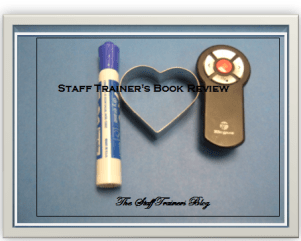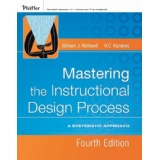The month of June is recognized as “International People Skills Month.” In today’s work climate, especially in the non-profit sector and the human service field, strong soft skills are vital to both the organizations and the people we serve. People skills that are needed to succeed in the workplace today include:
- Strong communication skills
- Getting along with others
- Active listening skills.
In recognition of “people skills month,” I have added links below that will help you in creating training activities, ice-breakers, and exercises that will reinforce learning in the areas of active listening, diversity, teambuilding and communication.
Active Listening Activities
6 Listening Skills Exercises to Promote Stronger Communication-Udemy
50 Communication Activities, Icebreakers, and Exercises- Peter R. Garber
Active Listening games for Adults-ehow
Communication and Listening Exercise- Energize Learning Blog
Listening Games for Adults-Buzzle
Diversity
10 Team Building Activities that Bring a Diverse Workplace Together-takeflyte.com
Diversity Ideas & Activities for the Workplace- Chron
Diversity Training Activities in the Workplace- Chron.com
Workplace Diversity Games-ehow
Teambuilding
10 Quick and Easy Team Building Exercises (Huddle) Part 1
10 Quick and Easy Team Building Exercises (Huddle) Part 2
15 Fun Team Building Exercises- Tweak Your Biz
15 Teambuilding Activities for the Workplace (About Money)
Team Building Activities for Adults
Teamwork Games to Engage Employees at Work (Refresh Leadership)



